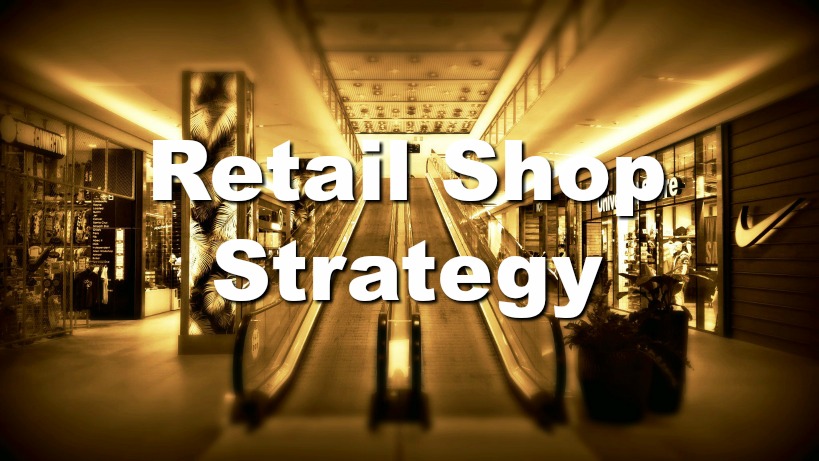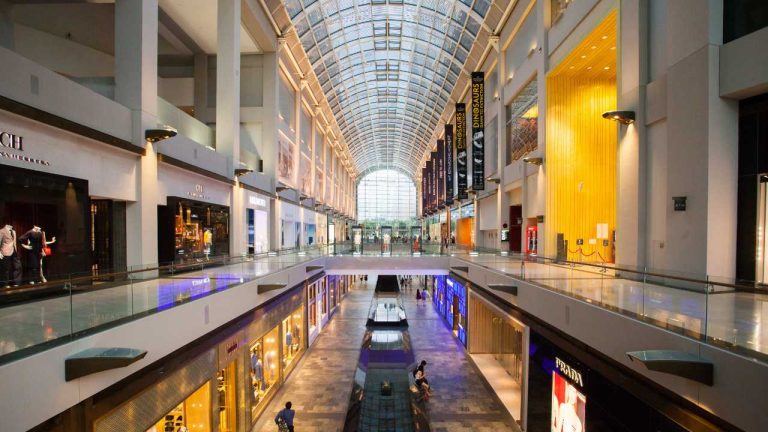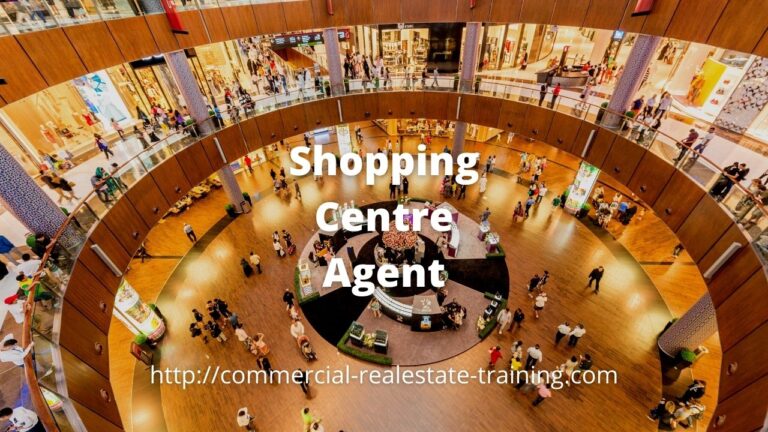Essential Retail Shopping Center Leasing Factors and Decisions
If retail property is your ‘game’ as a leasing agent, then you will want to specialise because the players that you work with (landlords and tenants) will require real knowledge and experience as part of the services you provide. Why is this so? It is because the retail property segment is unique and a lot more detailed to work with than office or industrial property. (NB – you can get plenty of shopping center tips in our Snapshot program right here – its free)
Let’s take leasing as a part of the ‘retail segment’ and open up some of the factors of specialisation. Here are a few of the most important to understand:
Here are a few of the most important to understand:
- Market rentals – Rents in retail vary greatly depending on the quality of the property and the location. A property in a prominent position on a busy main road is likely to command a solid and high rent for leasing any vacancies. Knowing the alternatives of rent including gross and net is a balancing act; that is with the acceptable levels of occupancy costs to allow a business to remain viable. There is no point trying to push rent up higher when it threatens the viability of a tenant and hence increases the frequency and number of vacancies in a property over time. High rents must be supported by good retail exposure, quality of property, sales, and customers.
- Choice of tenant – Some tenants are more suitable in a location or property than others. When you have a vacancy to lease, choose the tenant that brings more retail sales and exposure to the property. In a shopping center the choice of tenants will help boost market rents and the overall success of the property.
- Lease alternatives – When you lease a retail shop you will be bound by the conventions and retail legislation for your local area. From that you will have alternatives to work with including rents, incentives, fit-out design, rent reviews, options, and outgoings recovery. Negotiate these facts well and in keeping with good property investment strategy. I go back to the point made earlier that tenant viability as a business is most important. You don’t want lots of vacancies coming up in your retail shopping center leasing performance.
- Tenant mix – The success of a shopping center comes about through a number of initiatives, some of which involve choosing the right tenants for the property and in placing the tenants in clusters to encourage sales and customer interaction. The success of a shopping center is driven by tenants, so be careful how you choose them and locate them.
- Retail sales – Through the lease for the property you will have the opportunity to monitor and track retail sales by segment and by tenant. In this way you will know what tenants are seeing in sales seasonally and how that relates back to business viability. Every week and every month the sales for the tenants in your property should be compared so you can see how differences occur in tenant types and locations.
- Anchor tenants and Specialty tenants – A well-chosen anchor tenant will drive a lot of customers to the property and boost the sales of specialty tenants. On a per unit of area (m2 or ft2), anchor tenants pay a lot less rent than the specialty tenants given that the anchor tenant is so large; their placement and success in the property is critical to the performance of the property. Stay close to your anchor tenants to understand how they are attracting customers to their business, and how sales are going seasonally.
You can add to this list based on your location and retail property type. Importantly the leasing strategies in a retail property are complex and require care across a number of critical factors. That is how you encourage retail property performance.







